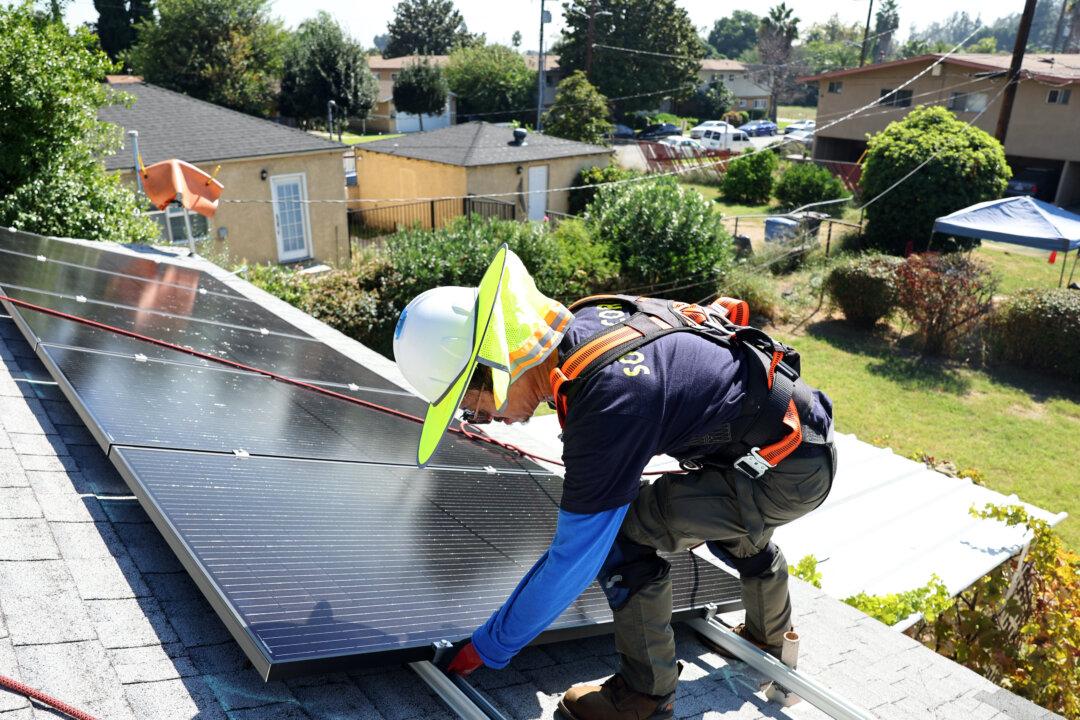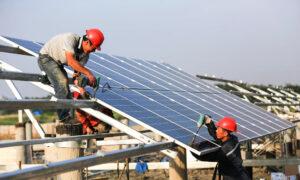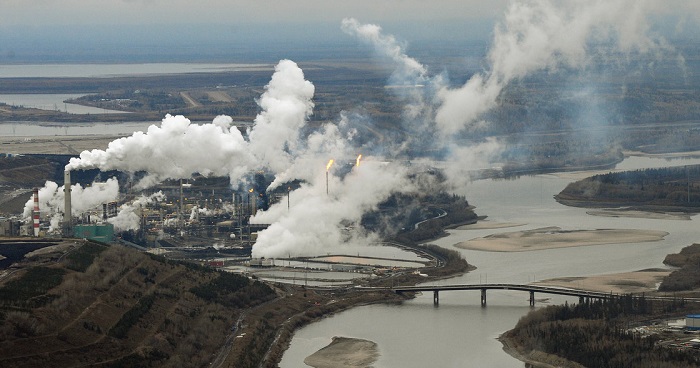Global Affairs Canada is seeking a contractor who can present an environmentally friendly way to recycle solar panels.

Via friends at the epoch times. Landfilling of used solar panels poses a “significant” pollution risk due to toxic chemicals potentially leaching into groundwater, a government document says.To solve this issue, Global Affairs Canada is seeking a contractor who can present a cost-effective and environmentally friendly way to recycle solar panels, according to a July 23 notice on the government website.
“Solar panels have valuable materials, including critical materials such as aluminum, tellurium, and antimony as well as gallium and indium in some thin-film modules, which are currently not being recycled once the panels reach their end of life,” said the notice posted by Global Affairs Canada.
Solar panels and renewables are part of the federal plan to get to net-zero greenhouse gas emissions by 2050, the government says. As more and more panels are used, however, Ottawa needs a plan to recycle them in order to reduce the pollution risk.
The government has earmarked $1.15 million CAD for the contract.
“As the photovoltaic market grows, both for public and private use, the volume of end-of-life solar panels will also grow, which will result in significant pollution risks,” the website notice says.
“The overall environmental impact of solar panels is much higher if they are dumped in landfills, where hazardous chemicals and heavy metals can leach into groundwater.” For the Silo, Chandra Philip.

RELATED STORIES

Solar Panel Waste Predicted to Hit 1 Million Tonnes by 2030: Australian Research

As part of the contract, proposals must ensure that all materials removed from the solar panels are free from contaminants like metals and radiation. Contractors are also required to manage the toxic chemicals from the panels, like lead and cadmium, ensuring they will not be released into the environment or cause health risks to humans.
Solar panels also contain some key elements that are worth recycling and reusing, the website says.
“These individual materials are often a part of the devices that Canadians use every day such as smartphones and computers,” Global Affairs says. “As such, recycling these materials should provide significant economic, environmental, and social benefits.”
Solar panel recycling can also reduce the need for critical mineral mining, an activity that has extensive negative environmental and social impacts, the government notice says.
The way solar panels are constructed, however, can make it difficult to separate and recycle these valuable materials, Global Affairs says.
“Separating those materials and uniquely recycling them is a complex and expensive process as opposed to the cheap method of discarding the entire panel into a landfill,” says the website.
Global Affairs says it wants a “scalable and cost-effective” recycling solution that can be used for solar panels at any time during their lifecycle: production, use period, and end-of-life stage. The agency says it may give out multiple contracts to help solve the problem.




